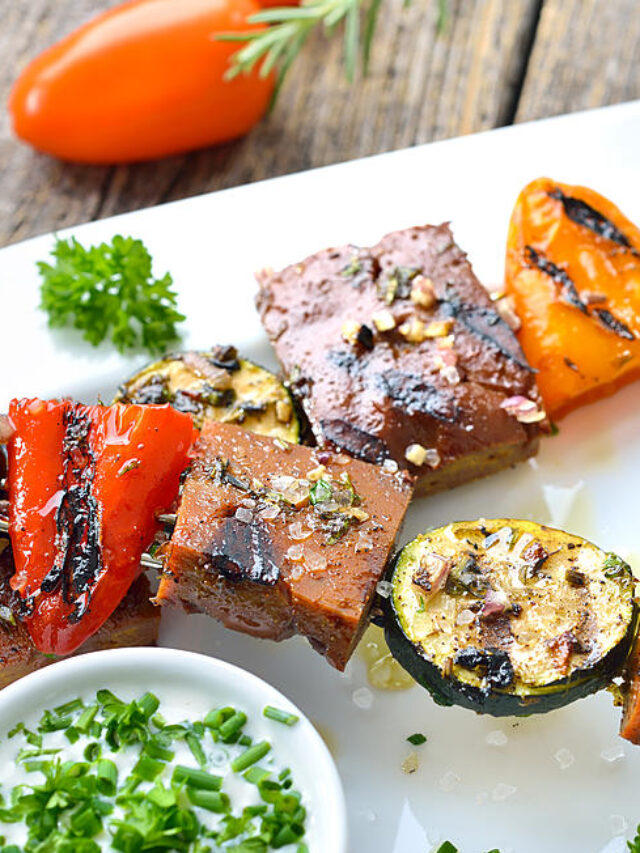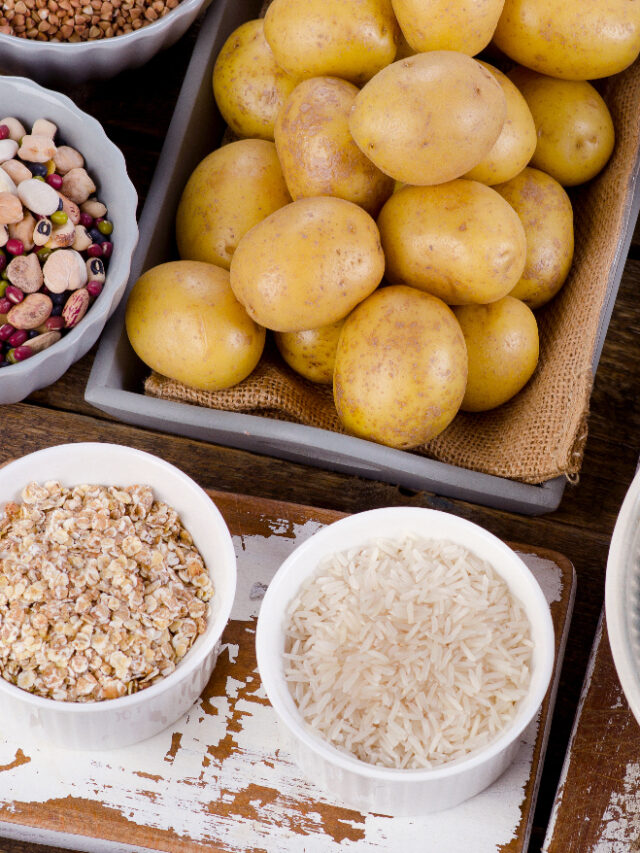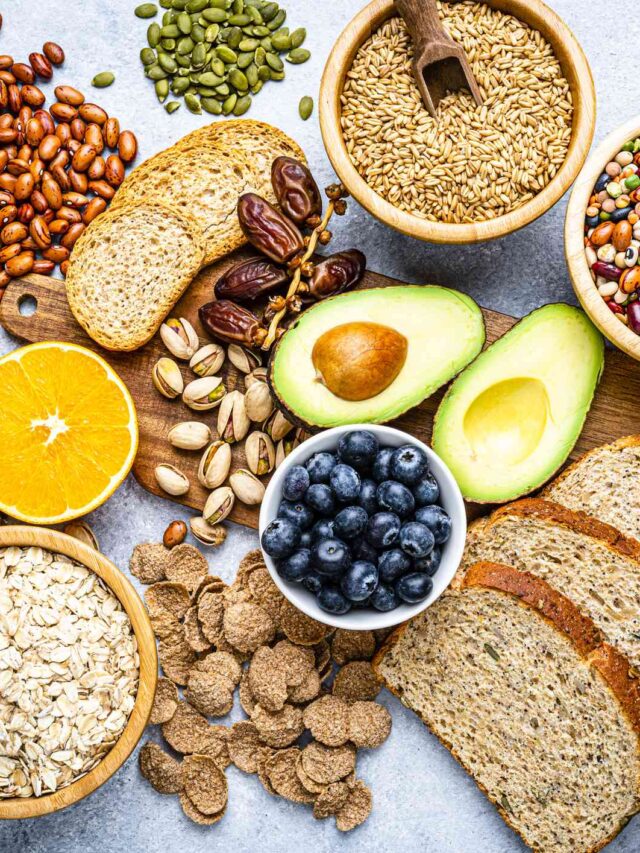The lemon pound cake, a timeless classic, is a beloved treat that combines the tangy zest of lemon with the sweet, buttery richness of a traditional pound cake. Achieving the perfect balance of flavors and textures in a lemon pound cake is an art form. Whether you’re a seasoned baker or a novice, these three essential tips will guide you to create a lemon pound cake that’s not just good but sublime, ensuring baking bliss in every bite.
1. Quality Ingredients and Lemon Zest Magic
The foundation of a great lemon pound cake lies in the quality of its ingredients. Use fresh, high-quality butter for that rich, creamy texture. Opt for organic lemons if possible, as you’ll be using the zest. The zest is where the magic happens – it’s packed with oils that give the cake its vibrant lemon flavor. When zesting, use only the yellow part of the peel, as the white pith underneath is bitter. Incorporate the zest into your sugar by rubbing them together; this releases the oils and infuses the sugar with lemon essence, creating a deeper flavor profile. Also, ensure your eggs and butter are at room temperature to achieve a smooth, well-emulsified batter.
2. The Art of Mixing: Don’t Overdo It
Mixing is a critical step in making your lemon pound cake. The goal is to incorporate enough air into the butter and sugar for a light texture, but not so much that the cake becomes tough. Cream the butter and lemon-infused sugar until it’s light and fluffy, which usually takes about 3-5 minutes. When adding eggs, do it one at a time, mixing just until each is incorporated. Overmixing the batter after adding flour can activate the gluten, leading to a dense cake. Gently fold in the flour until just combined, ensuring you maintain the cake’s tender crumb.
3. Baking and Glazing: The Final Touches

Baking your lemon pound cake to perfection is crucial. Preheat your oven and bake the cake at a moderate temperature. This allows the cake to rise evenly and develop a golden-brown crust without burning. Use a toothpick or cake tester to check for doneness; it should come out clean or with a few moist crumbs. Once baked, let the cake cool in the pan for a while before transferring it to a wire rack. The glaze is the crowning glory of your lemon pound cake. A simple glaze made from fresh lemon juice and powdered sugar not only adds an extra lemony kick but also keeps the cake moist. Drizzle the glaze over the warm cake so it soaks in, creating a delightful, zesty sheen.
Some Other Stories That You May Like
Conclusion
Baking the perfect lemon pound cake is a delightful journey that combines the art of choosing quality ingredients, mastering the right mixing technique, and understanding the nuances of baking and glazing. By following these three essential tips, you’re well on your way to creating a lemon pound cake that’s not just a treat for the taste buds but a celebration of baking at its best. Each slice of your lemon pound cake will be a testament to your skill and passion for baking, offering a blissful experience in every bite.















